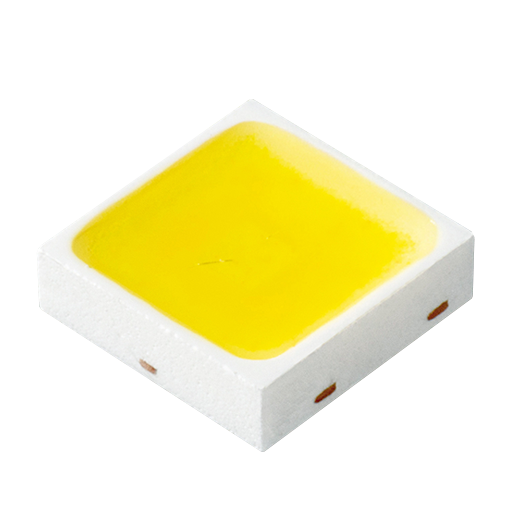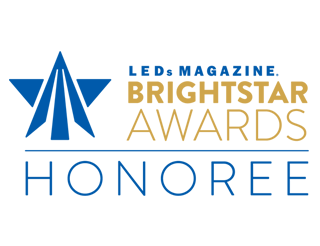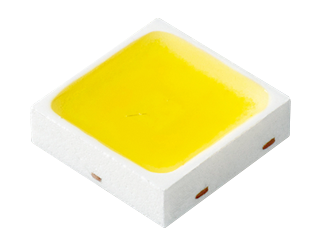Clear White color LED

Lighting LEDs for senior citizens
Natural and clear white color visibility improves the joy in life due to better sight

Product Features
What is the Clear White color LED?
As of 2022, the number of senior citizens aged 65 and over accounts for about 30% of the population in Japan, and this ratio has been increasing every year. This so-called "aging society" is also progressing in other parts of the world, especially in developed countries, and is becoming a global issue. Nichia has been engaged in product development with a desire to enable the growing aging population to have healthy and comfortable lives with light using LEDs. One example is the launch of lighting LEDs for human-centric lighting which has the potential to improve sleep disorders in nursing homes, etc. The Clear white color LED has been developed by combining Nichia's expertise and technology in phosphors and LEDs cultivated over many years, this improves senior citizen's visibility and makes eating, reading, and other activities more comfortable, thereby supporting a vibrant life.
With age, the crystalline lens of the human eye tends to turn yellow, making objects appear more yellowish than they did at younger ages. Even with the same lighting, it is harder to read newspapers, magazines, and books, and it is harder to see food in its true, vivid colors. This leads to a decrease in curiosity, changes in taste, and a loss of appetite without realizing it.
Nichia's Clear White color LED is a lighting LED for senior citizens that prevents white colors from looking yellowish and it enhances "clear visibility" by optimizing the light spectrum (Figure 1).


Figure 1: Difference in visibility of elderly people: Clear White color LED (left) and General LED lighting (Ra≥80) (right)
(Drag ◀▶)
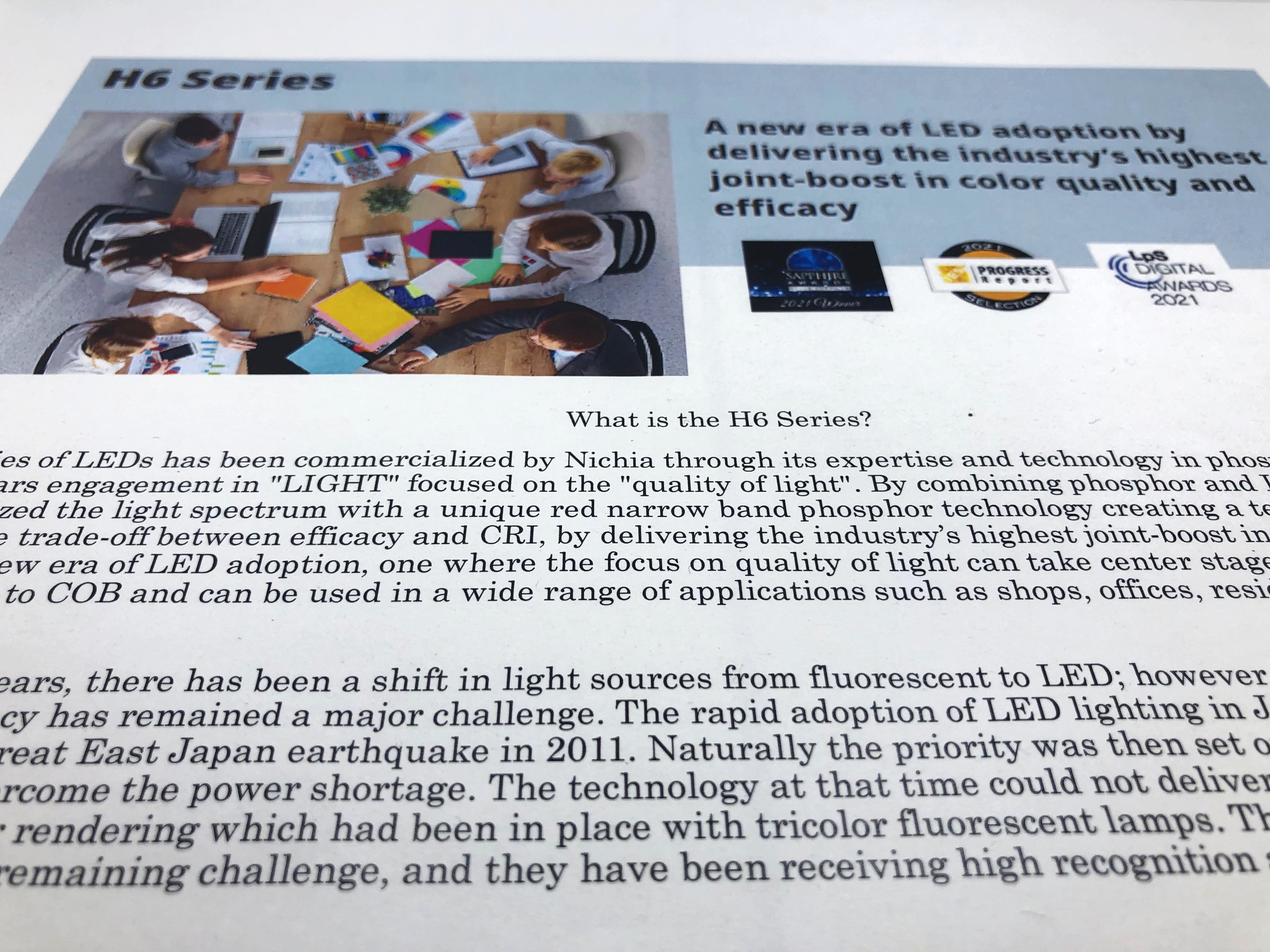

Figure 2: Difference in visibility: Clear White color LED (left) and General LED lighting (Ra≥80) (right)
(Drag ◀▶)
Features of the Clear White color LED
① High Contrast
With age, the crystalline lens of the human eye tends to turn yellow, making it difficult to perceive short wavelength light between 450-550nm (blue light) (Figure 4). This means that as people get older, the more yellowish an object appears, and reading materials that are not pure white, such as newspapers, appear to have less contrast and become more difficult to read (Figure 5).
By setting the chromaticity to below the blackbody locus and making the light with less of a yellow component, this product helps people see text and images clearly by making the pages of newspapers and magazines appear whiter and increasing the contrast. For example, under lighting that used these Clear white color LED, a person in their 80s is able to see the objects similar to the way a person in their 20s sees the objects under lighting that uses 5000K (Figure 6).
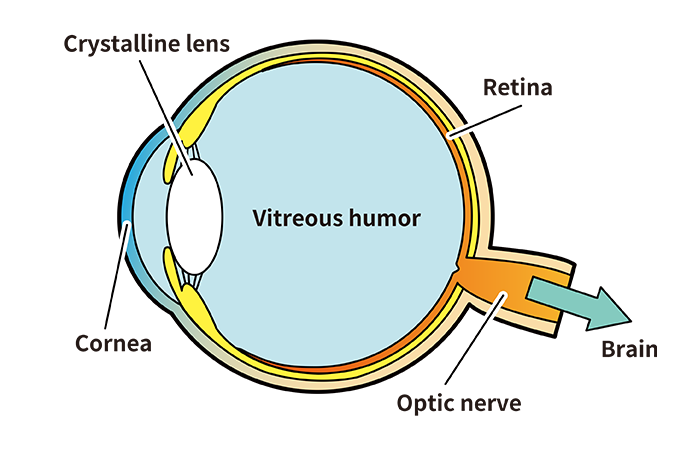
Figure 3: Human Eye

Figure 4: Spectral Transmission of Human Crystalline Lens by Ages
Source: CIE 203:2012 (incl. Erratum)

Figure 5: An example of visibility of the younger and elderly people
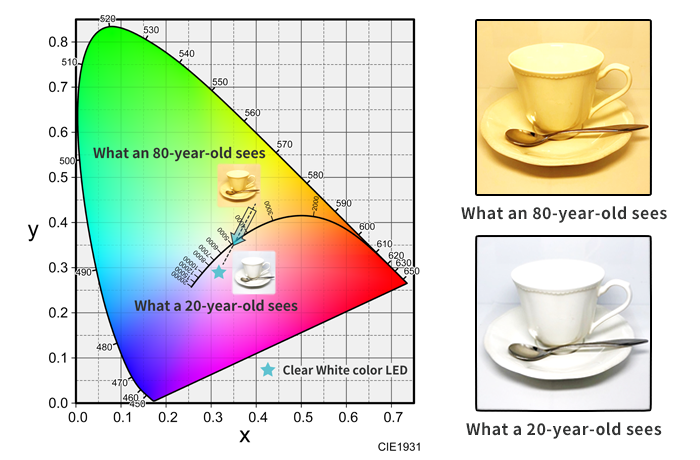
Figure 6: An example of using light to correct the color shift that occurs due to yellowing of the crystalline lens
② High CRI
Similar to Nichia's H6 Series, which has been recognized to illuminate objects vividly, the Clear White color LED makes not only text but also pictures and photos appear clearer and brighter.
③ High efficacy
Through the combination of unique phosphor technology including TriGain® Technology1, the Clear White color LED delivers the industry's highest joint-boost in color quality and efficacy.
1 KSF narrow band red phosphor and TriGain® Technology from GE Current, a Daintree Company
https://www.gecurrent.com/brands/trigain
Survey conducted at a nursing home
Results for senior citizens
A survey was conducted on 55 senior citizens (Average age: 88 years old) at a nursing home affiliated with the Nijinohashi Group in Tokushima Japan. The results revealed that more than two-thirds of the respondents answered that "white appears whiter and letters stand out clearly, making them easier to read." The majority of respondents also said that the colors were easy to distinguish (Figure 7).
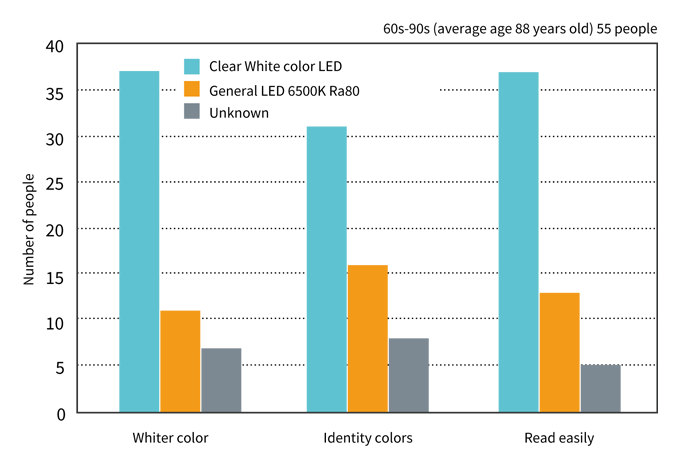
Figure 7: Results from a survey at a nursing home
Products
Situation to Use





